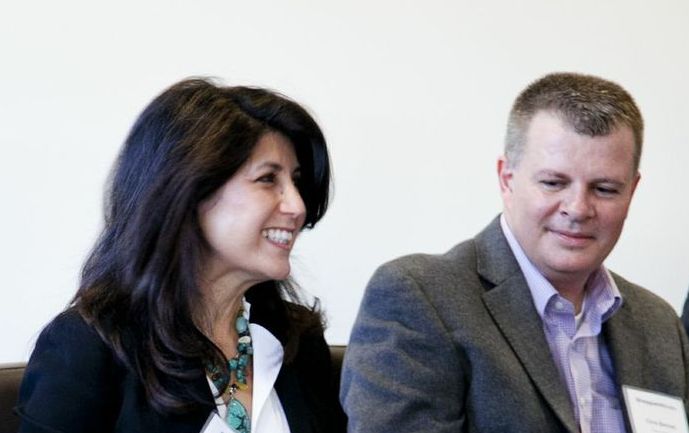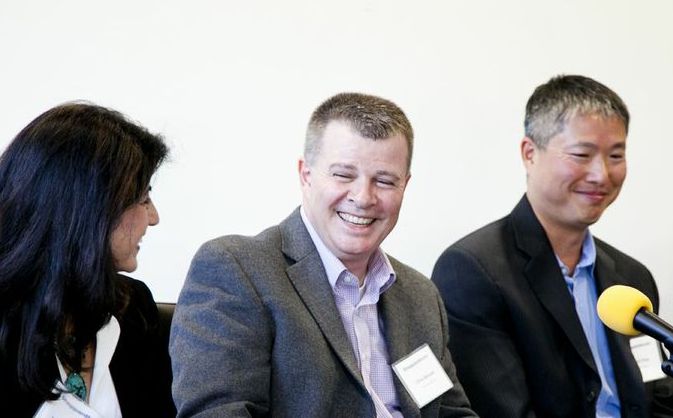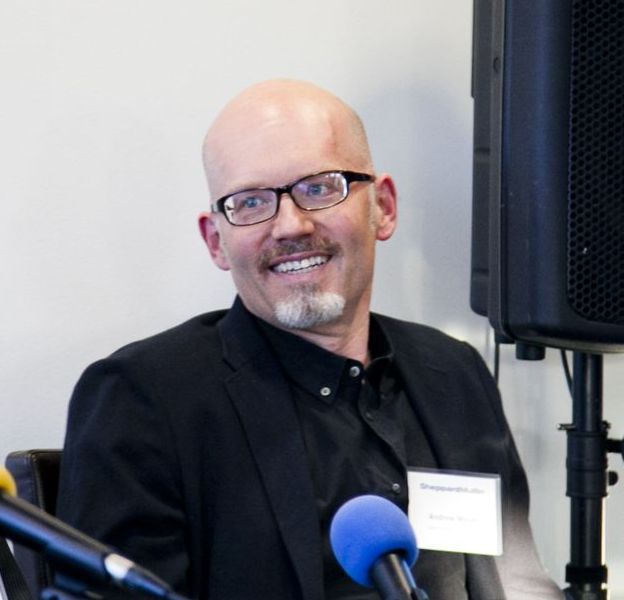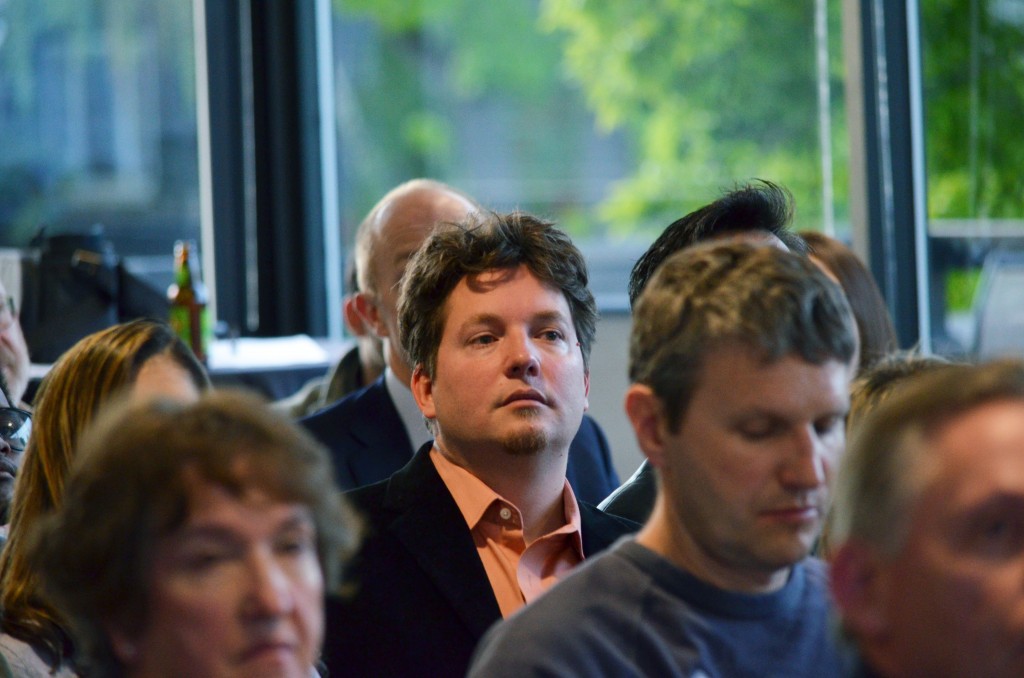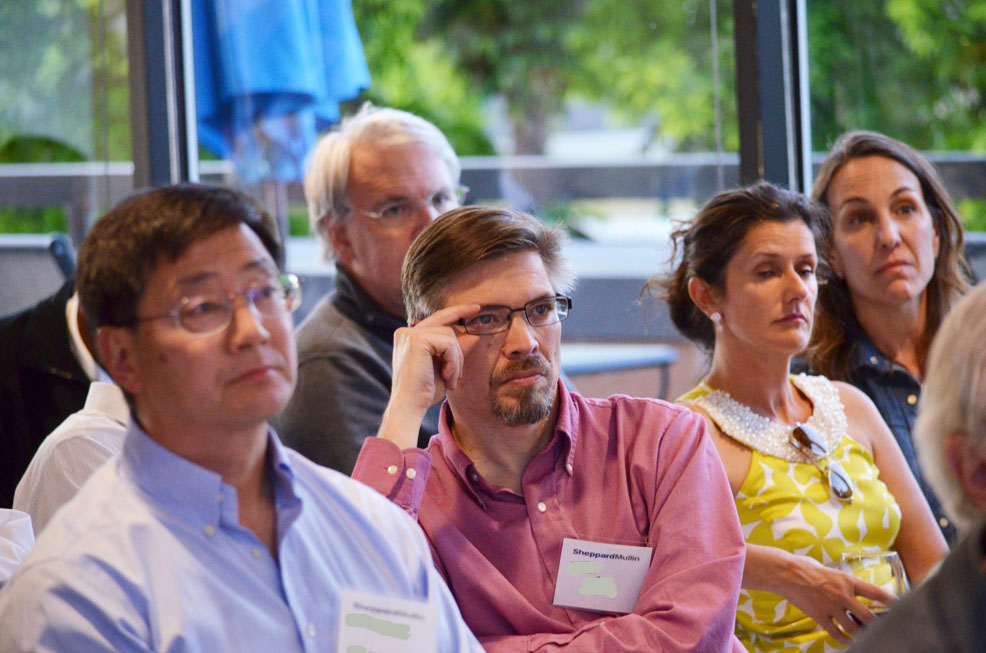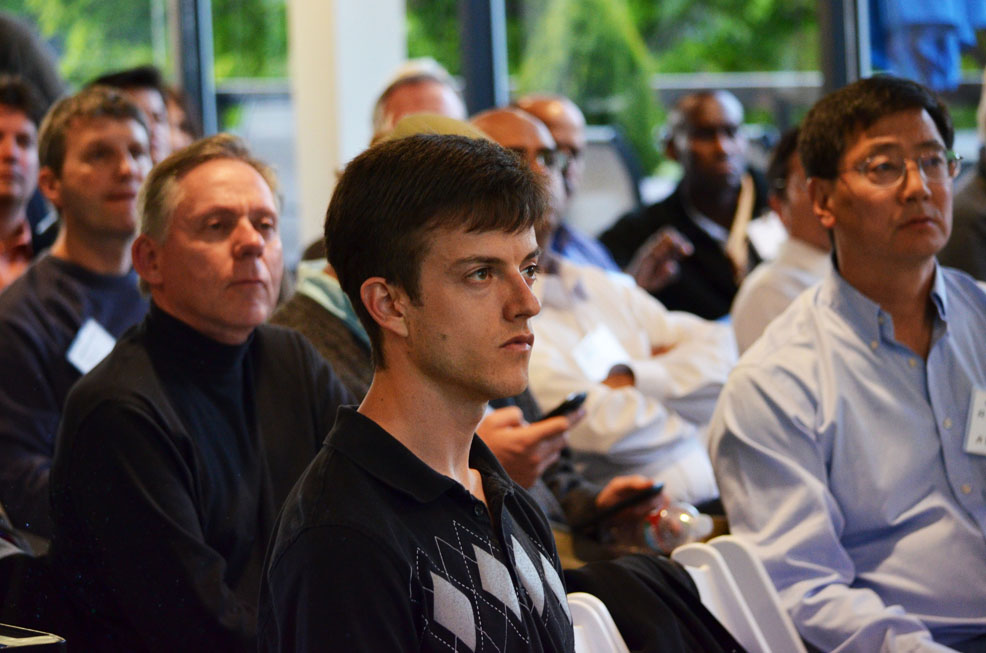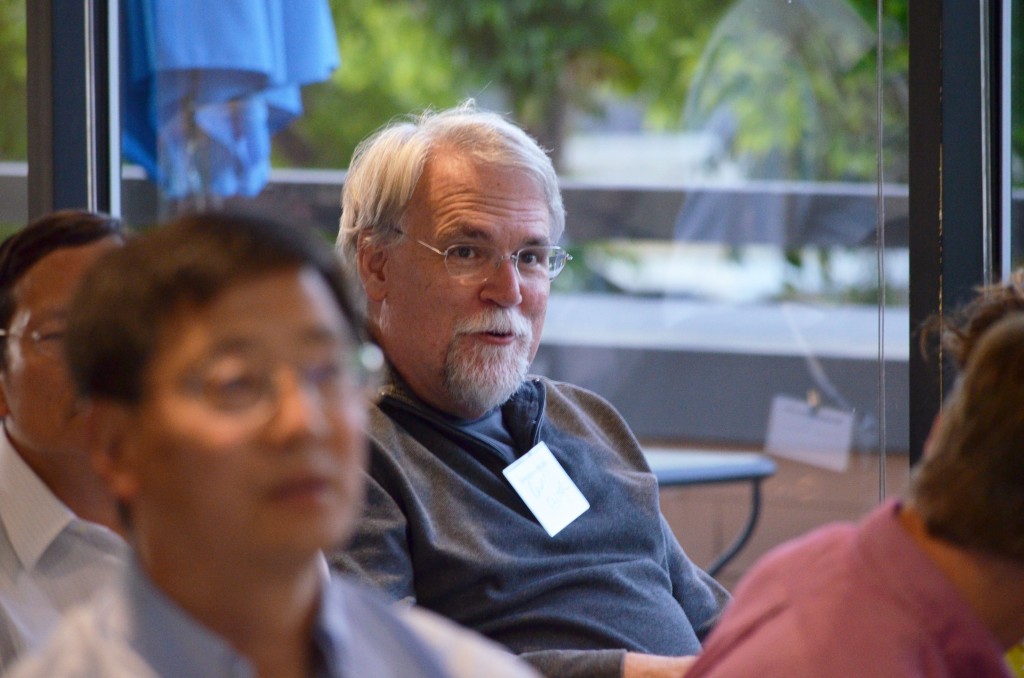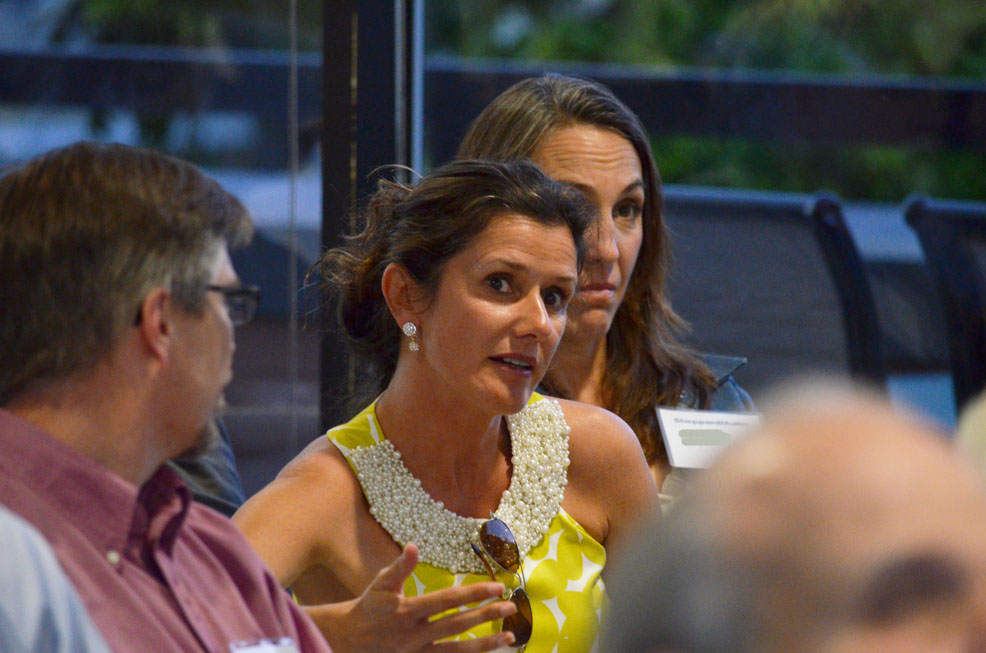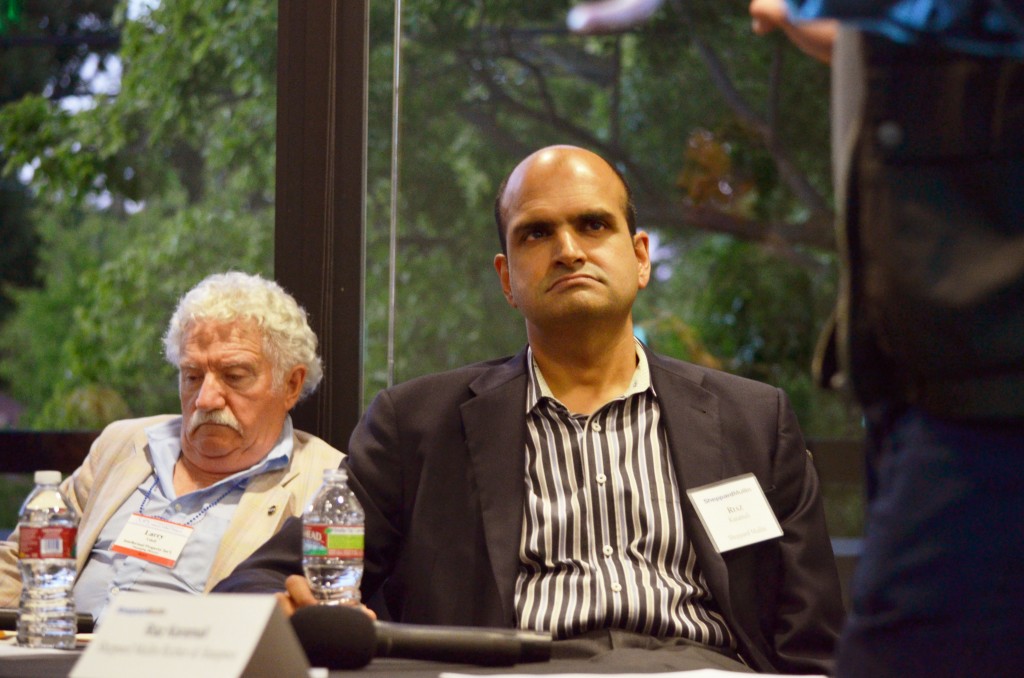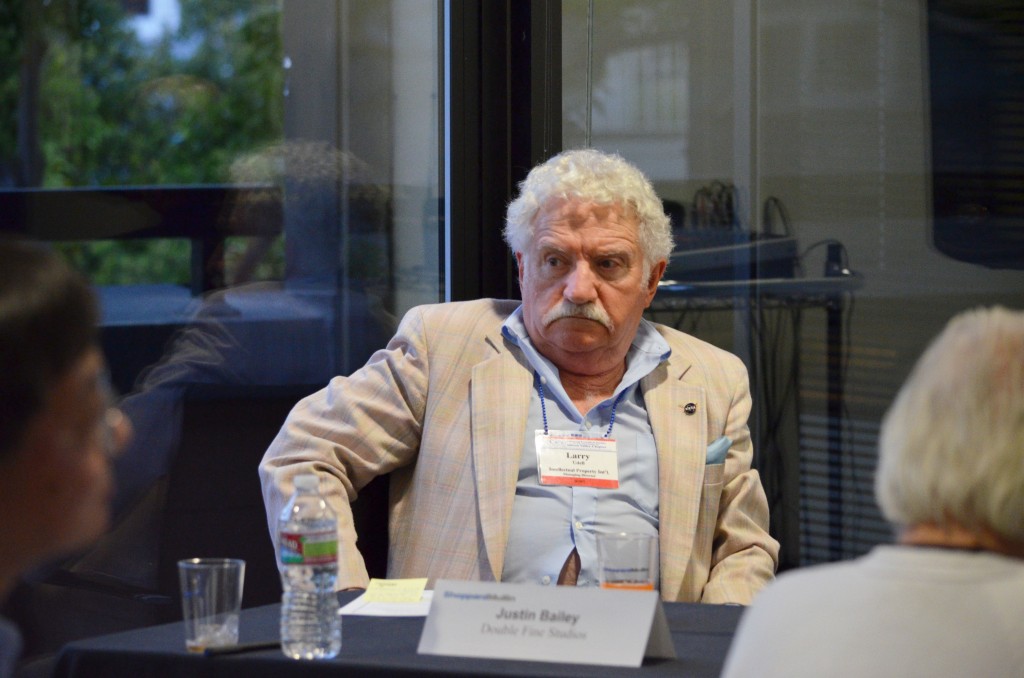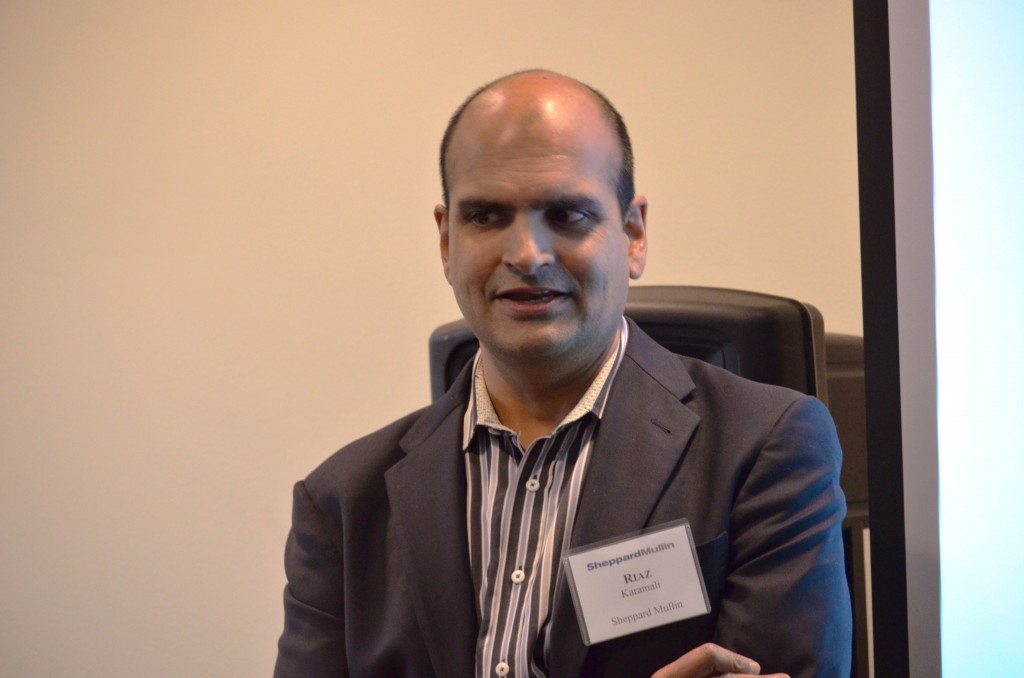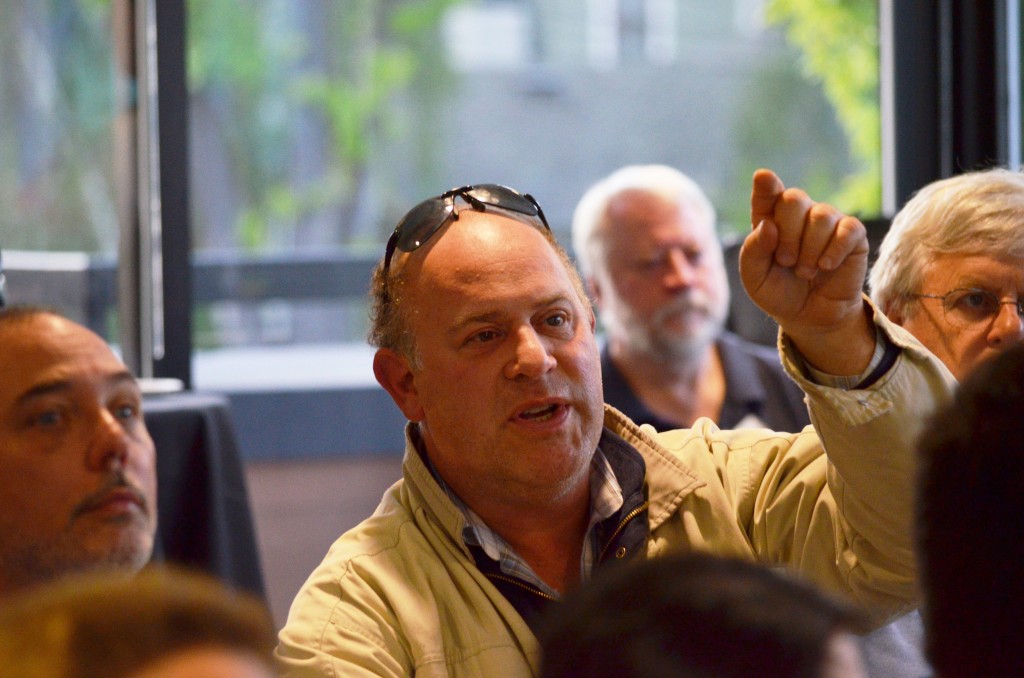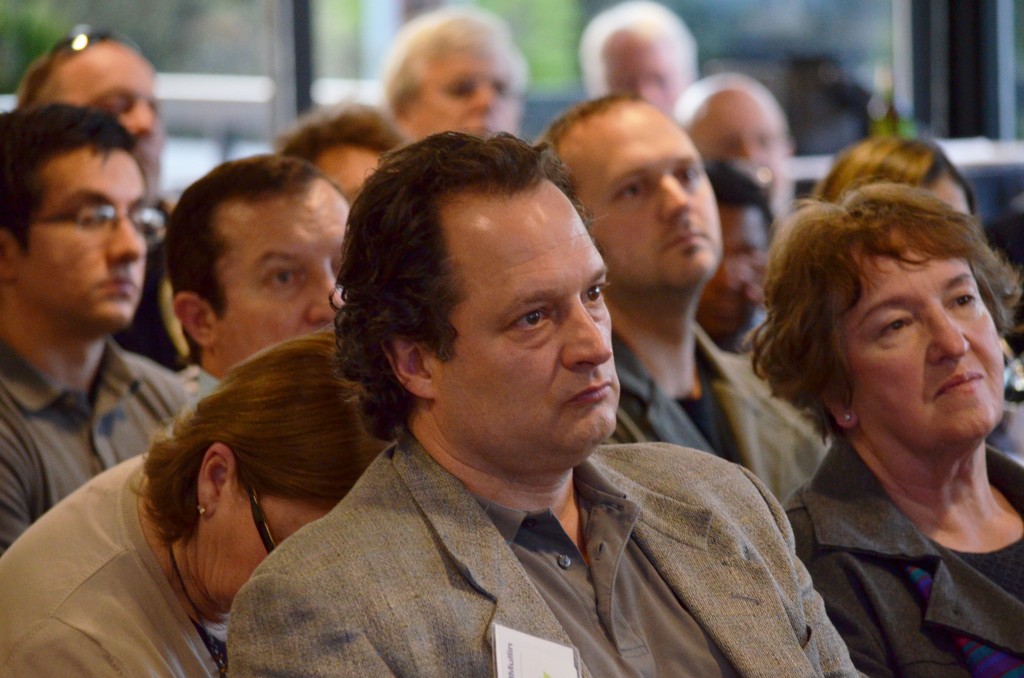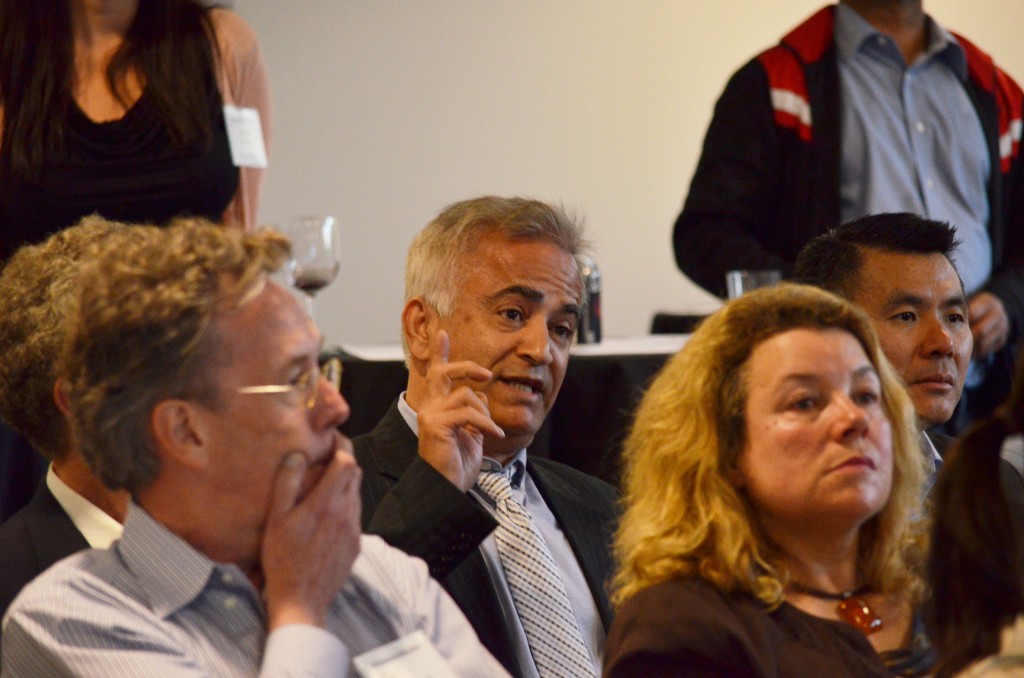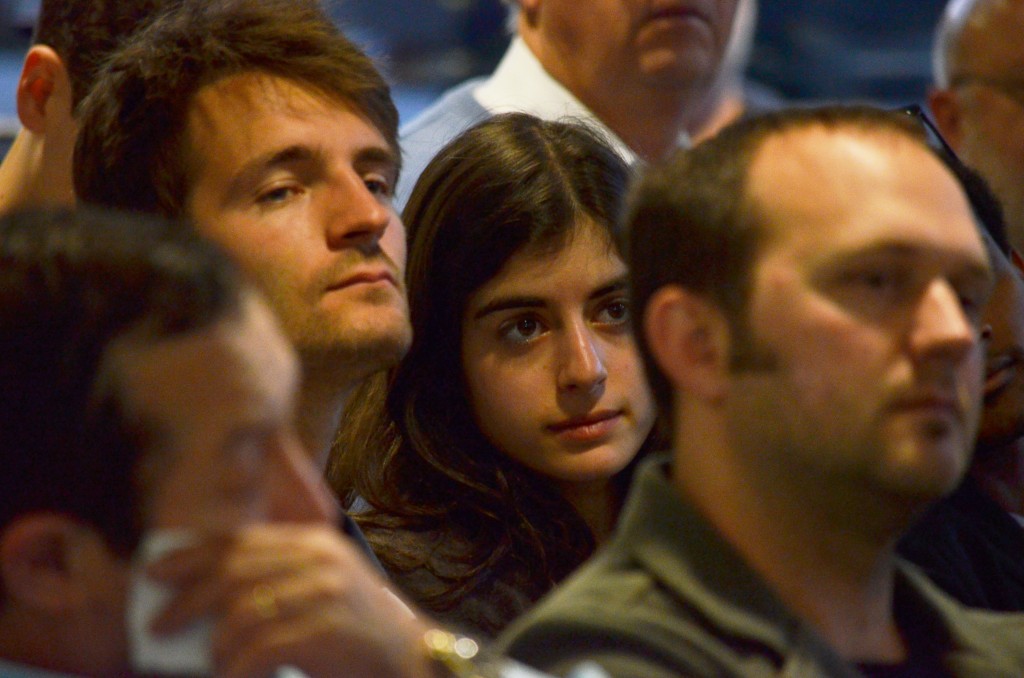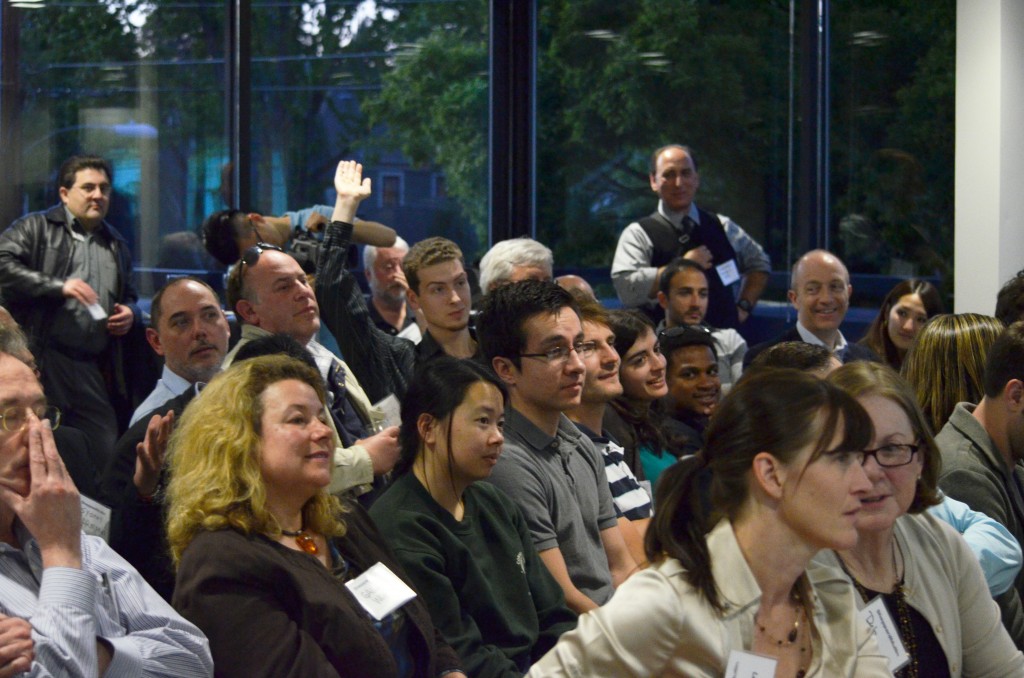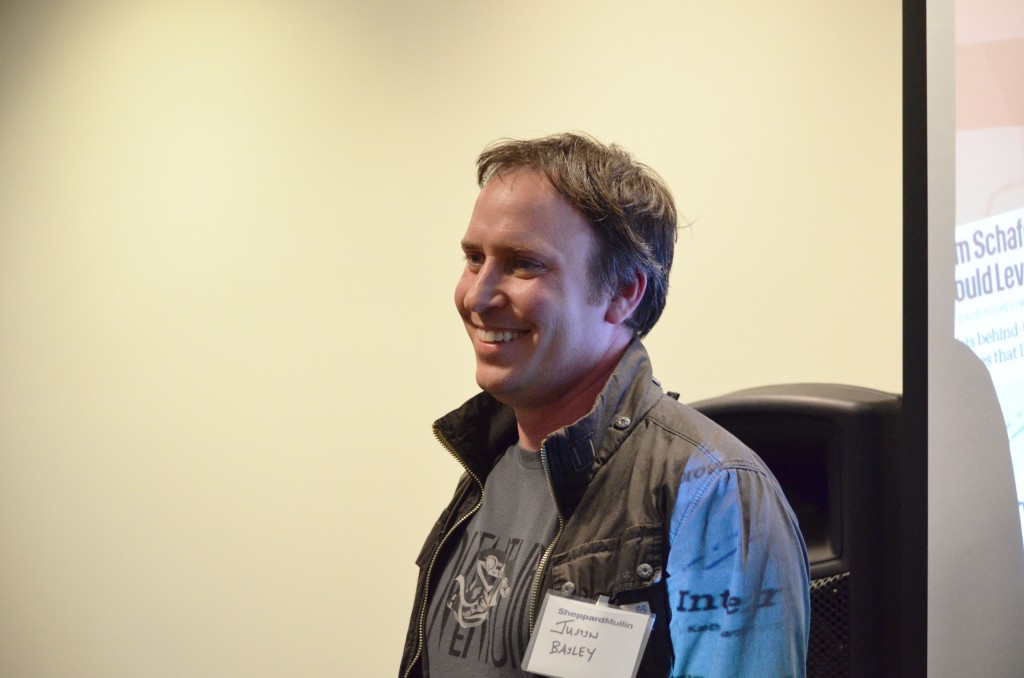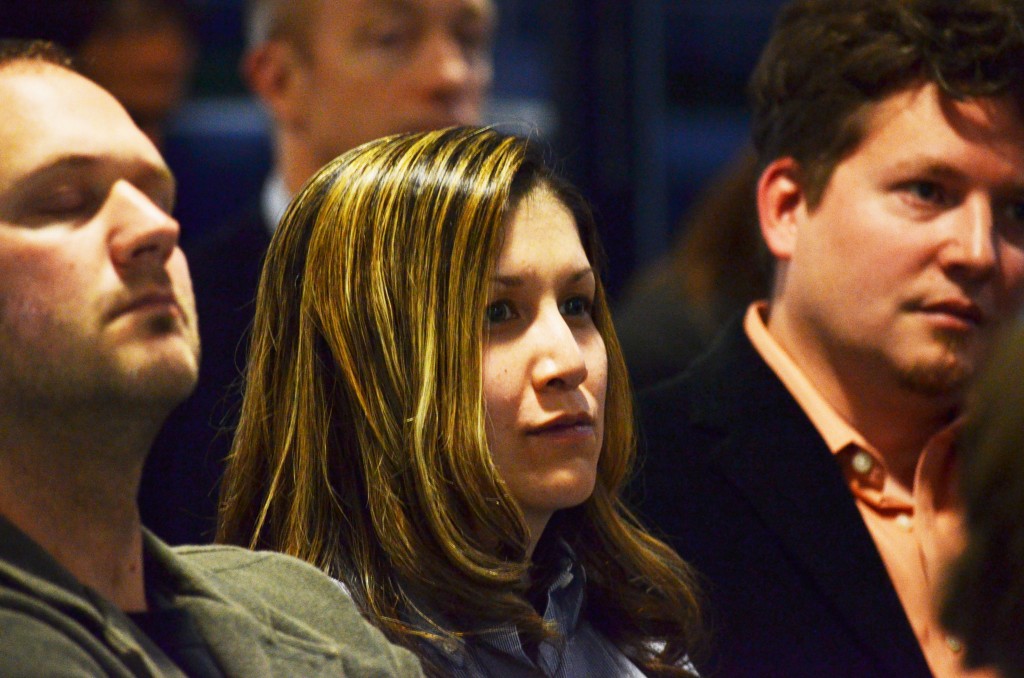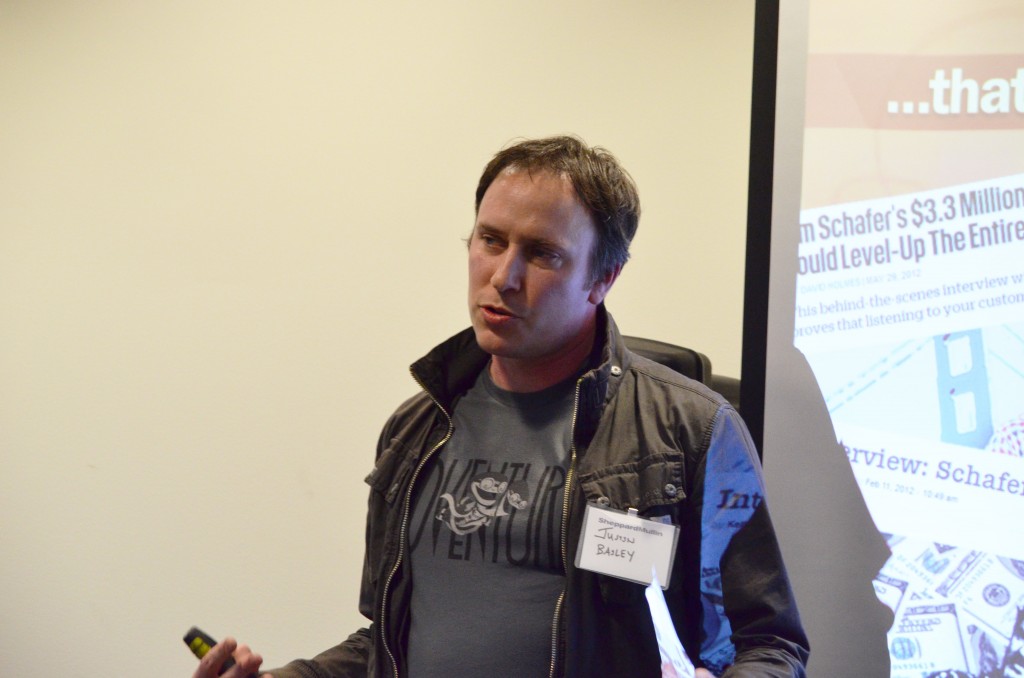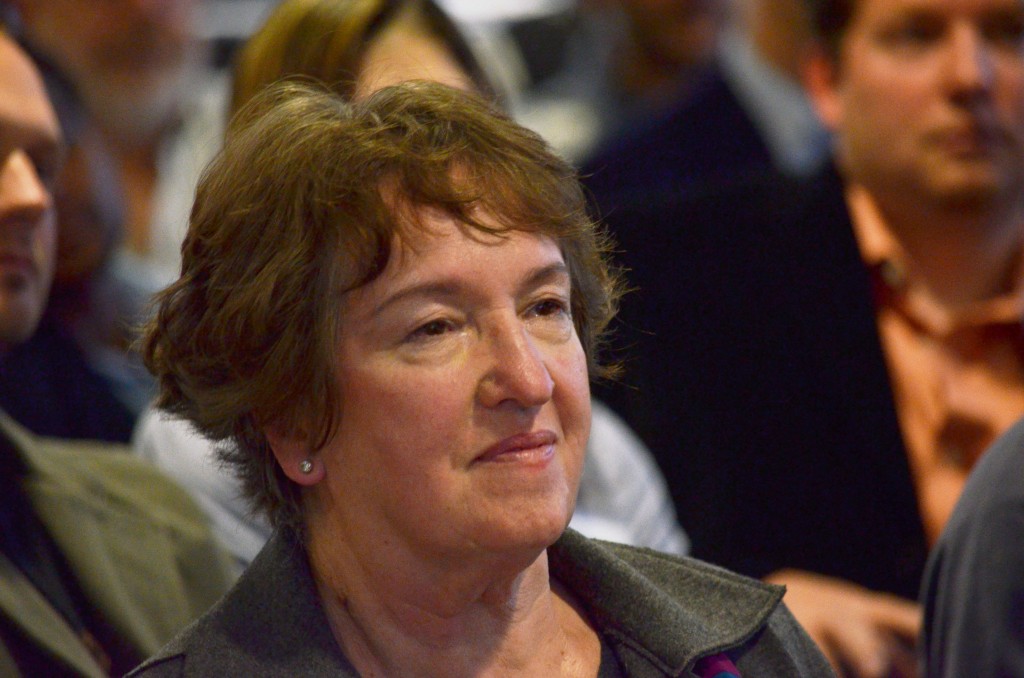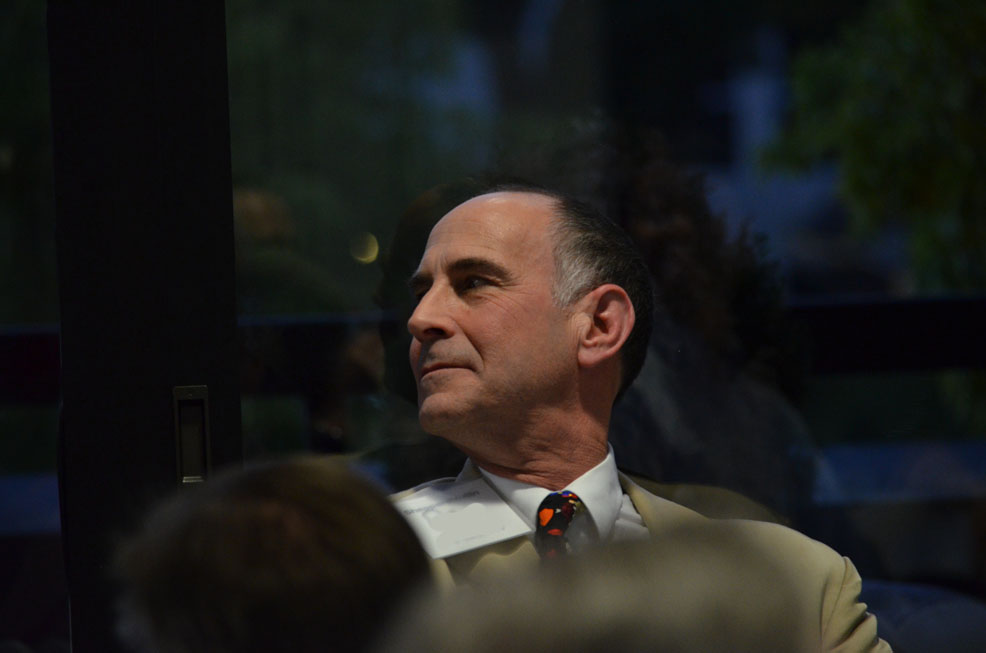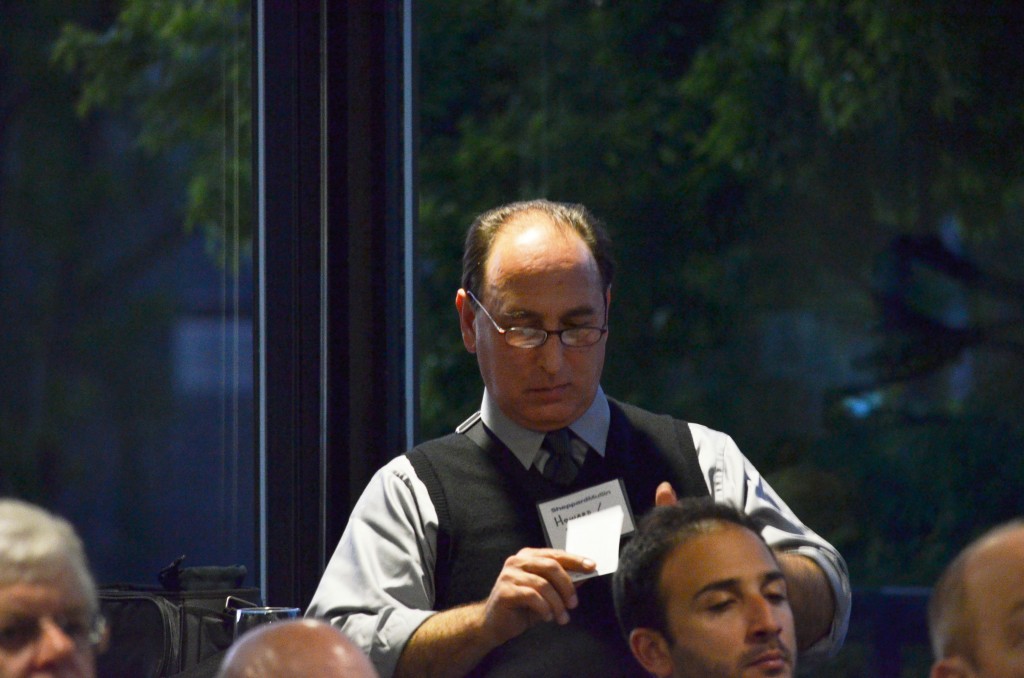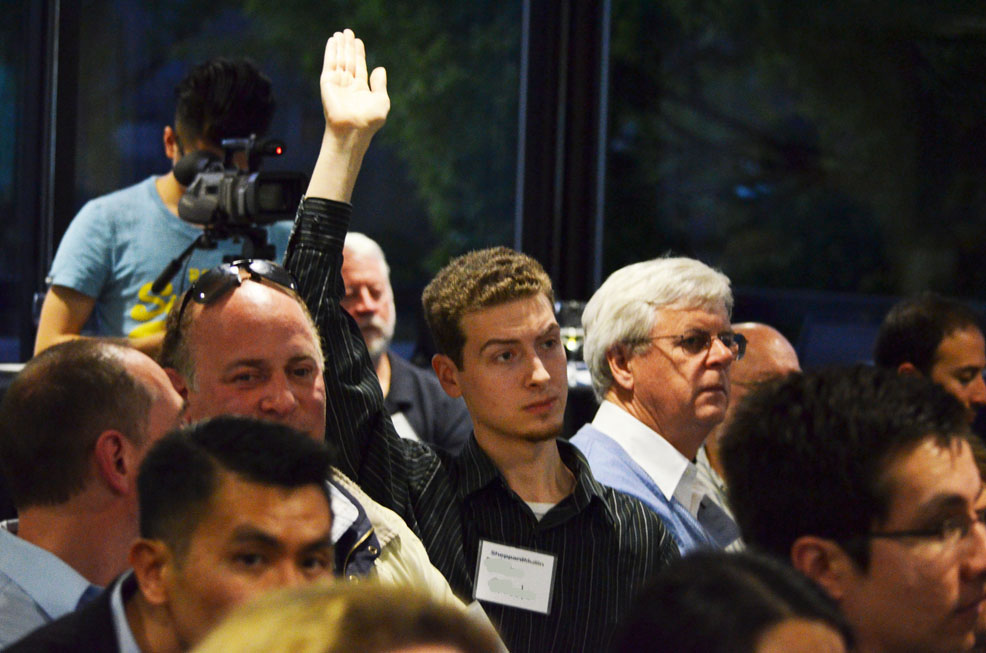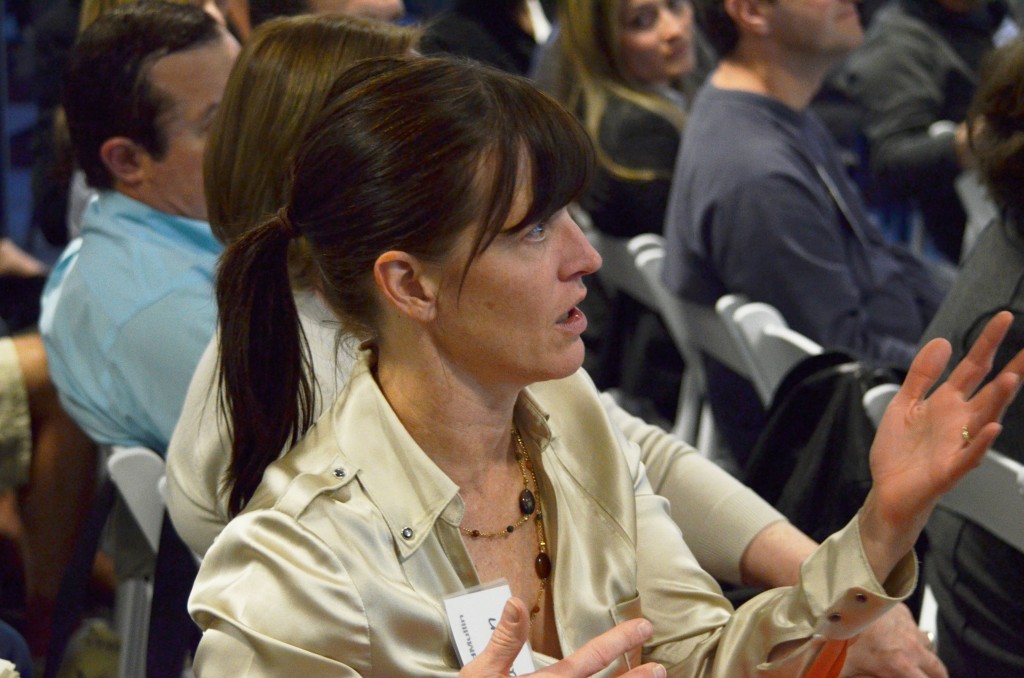In this event a discussion was held on utilizing interactivity at both a small scale and a large scale to help better progress. In the end the miscommunication caused by a lack of interactivity was cited as the reason innovation does not progress as well as it should.
On June 4th, the Silicon Valley Innovation Institute (SVII) help an event titled Innovation Feng Shui: Fueling Innovation through Interactivity. The event was hosted by Cogswell Polytechnical College in their auditorium, called the Dragon’s Den by its students and staff. This venue was chosen to allow multiple unique setups to be experimented with in the pursuit of a more engaging conversation. The purpose of the event was to discuss how we can encourage better communication through more freeform rules of engagement and through seating.
The event was attended by about 40 people, and at least half of the guests got a chance to jump into the conversation in some significant way. We enabled this by putting a “camp fire” in the middle of the darkened room with the attendees in a circle around it. This essentially put everyone on equal standing in the discussion and allowed people to feel more comfortable joining the conversation at any time.
The event was kicked off by a raw food presentation by raw food chef Jillian Love, who brought a selection of food all made from raw and vegan ingredients, including ice cream, chips with some dip, and salad. We then moved on to the main section of the event: the group discussion of interactivity and innovation.
Our discussion leader, Howard Lieberman opened the conversation by explaining the mindset behind the event’s setup, and asking for input on it. The group chimed in by endorsing the setup and structure—appreciating the capacity for a more fluid discussion. They additionally observed that the camp fire setup seemed reminiscent of ancient human gatherings where stories were shared and culture and connection was developed. This form of group communication is a form which is underused in modern society, in spite of how natural it is for us.
The conversation then moved on to the actual meaning of feng shui (a phrase used in the title of the event). An attendee pointed out that the origin of the word feng shui was the Chinese words for “wind” and “water”, as a metaphor for being in harmony with one’s environment. Additionally, there was much discussion on how being in harmony with one’s environment is important in not just group discussions, but most aspects of our lives, and just as importantly, our businesses.
After defining feng shui, we moved into discussing the broader topic of innovation and how it can be improved through fresh concepts like interactivity. One of our featured conversation instigators, Don Grayson, then pointed out that a many cities have the word “innovation” in their mission statement without really putting much effort into actually being innovative, as if the word is used just because people think it sounds good. Similarly, almost any organization will say that it wants to innovate, but many of those do not follow through, because of the sacrifices involved in achieving innovation.
At this point, someone pointed out that not all innovation is good. Innovation is just doing something in a new way, and it can be beneficial or harmful. Some changes actually lead to lesser efficiency or consistency, especially when the other is being pursued (e.g. you make a change pursuing efficiency, which leads to more failures, and vice versa). On a broader scale, even if an innovation is good for an individual or a company, it may still be bad for society, with unforeseen (or ignored) consequences outside of entity making the change. One example given was the “optimization” of the use of animal by-products in our food.
Moving into an even larger scope—governments and countries–one attendee brought up how Singapore was able to successfully achieve social innovation under a strong and controversial leader who imposed societal changes authoritatively. These changes have definitely been beneficial for Singapore, but at the same time, there is a question of whether their methods of achieving them were the best way. China is doing something similar in trying to modernize its country by incentivizing cities to be centers of innovation and technology. While China has the capacity to be more innovative than Singapore because of the size of the country, they also have a harder time changing the whole country, because of the vastness of its territory and population. In addition there was the concern of whether or not Singapore’s model will properly scale in China.
With so many problems in the world, someone asked, how can we actually get things done, citing the lack of proper communication that often happens. Somebody else pointed out that the problem is not that people aren’t talk, but that many aren’t listening, possibly being trapped in their own “bubble” of acceptable information. The way to fix this, perhaps, is not through more frequent communication, but through more efficient and interactive communication.






